
How has the Internet changed art?
This is the question the Institute of Contemporary Art’s newest exhibit seeks to examine, according to Eva Respini, Barbara Lee chief curator.
“Art in the Age of the Internet, 1989 to Today,” which opened to the public on Tuesday night, features 60 artists, collaboratives and collectives representing multiple generations and 23 countries. Out of 72 works of art on display, there are 119 monitors, 17 sculptures and four pieces connected to the Internet.
Respini, who said the exhibit is a culmination of three years of research, identified a few artists who served as thematic “anchors” during the show’s growth and development: Hito Steyerl, Lizzie Fitch, Lynn Hershman Leeson, Judith Barry and Nam June Paik.
“For me, the exhibition is a kind of marker of our moment,” Respini said. “Art and artists play a key role in shedding light on, being critical of and asking probing questions about our moment: the age of the Internet.”
While gathering artists for the exhibit, Respini said she was inspired by the naming of “post-truth” as Oxford Dictionary’s 2016 word of the year and the idea that there are “utopic possibilities versus our current reality,” as well as people’s “suspicion of the Internet today.”
For Jeffrey De Blois, assistant curator, the process of developing the exhibit required asking insoluble questions about the impact of the Internet on humanity.
“How has the Internet changed the way images and information circulate?” De Blois asked. “What does it mean to be a human being in a technologically mediated society?”
De Blois said the ideas of bodies and materiality are important facets of the show. Whether it’s bodily fluid oozing down an androgynous face in Judith Barry’s video installation “IMAGINATION, Dead Imagine,” or disembodied heads on a hill of packing peanuts in Josh Kline’s sculpture “Saving Money with Contractors (FedEx Worker’s Head),” the human body is fundamentally linked to perceptions of the Internet’s impact on the art world.
“I think it was quite intentional that [most] of the bodies you see [in the exhibit] are abstracted or fragmented in some way,” De Blois said.
“Art in the Age of the Internet” features artwork from a wide range of media — from performance to web-based projects and sculpture to virtual reality.
In one of the exhibit’s final rooms, a life-size, 3-D printed model of artist and DJ Juliana Huxtable lies seductively on a Corinthian pedestal in the center of the room. Down to the coils of her hair, falling neatly down her back, Frank Benson’s “Juliana” is “enchanting” to observe — much like her real-life counterpart is on the Internet, the artist said.
“When we started, Juliana’s career as an artist was in a good place,” Benson said. “She had a very strong presence online and there are a lot of self-portraits that were inspiration for the sculpture.”
Benson, who was approached by the show’s curators a year ago, said he thought the ICA’s inclusion of “Juliana” was “appropriate.” The piece reflects traditional, hyper-sexualized presentations of the female body that spread on social media, particularly among members of the transgender community, Benson said.
Two rooms over, Cory Arcangel’s “Super Landscape #1” resides in a dimly lit space. A row of vintage monitors display cartoon clouds from Nintendo’s Super Mario Bros., and a single, looping image of the desert highway from F1 Racer.
De Blois said Arcangel “hacks” into old Nintendo games to eliminate the interactive features, leaving only an “infinite landscape, sort of like a GIF.”
In a dark three-screen room next door, Ed Atkins’ gory video “Safe Conduct” portrays an airline passenger removing his liver, hands and brain to pass through a TSA scanner.
“[The video] models a hyperbolic horror about traveling that we all experience going through TSA,” De Blois said. “[But] not without a sense of humor about the sometimes dystopian aspects of travel.”
Dominating an entire corner of the “Virtual Worlds” room is a stark green screen, contrasted by the matte black paint of a Samsung smart refrigerator, placed prominently in the center. Surrounding the appliance, Samsung speakers project the distorted voice of installation artist Mark Leckey reading the refrigerator’s user manual, Ancient Mayan texts and author Calvin Tomkins’s biography of French-American painter Marcel Duchamp.
Respini said “Art in the Age of the Internet,” is a reflection on the dynamism of cyberspace the power to shape culture through the click of a mouse.
“This exhibition is not the final word,” she said. “If the Internet has taught us anything, it’s that the pace by which information, knowledge, and how we understand the world is ever-changing.”


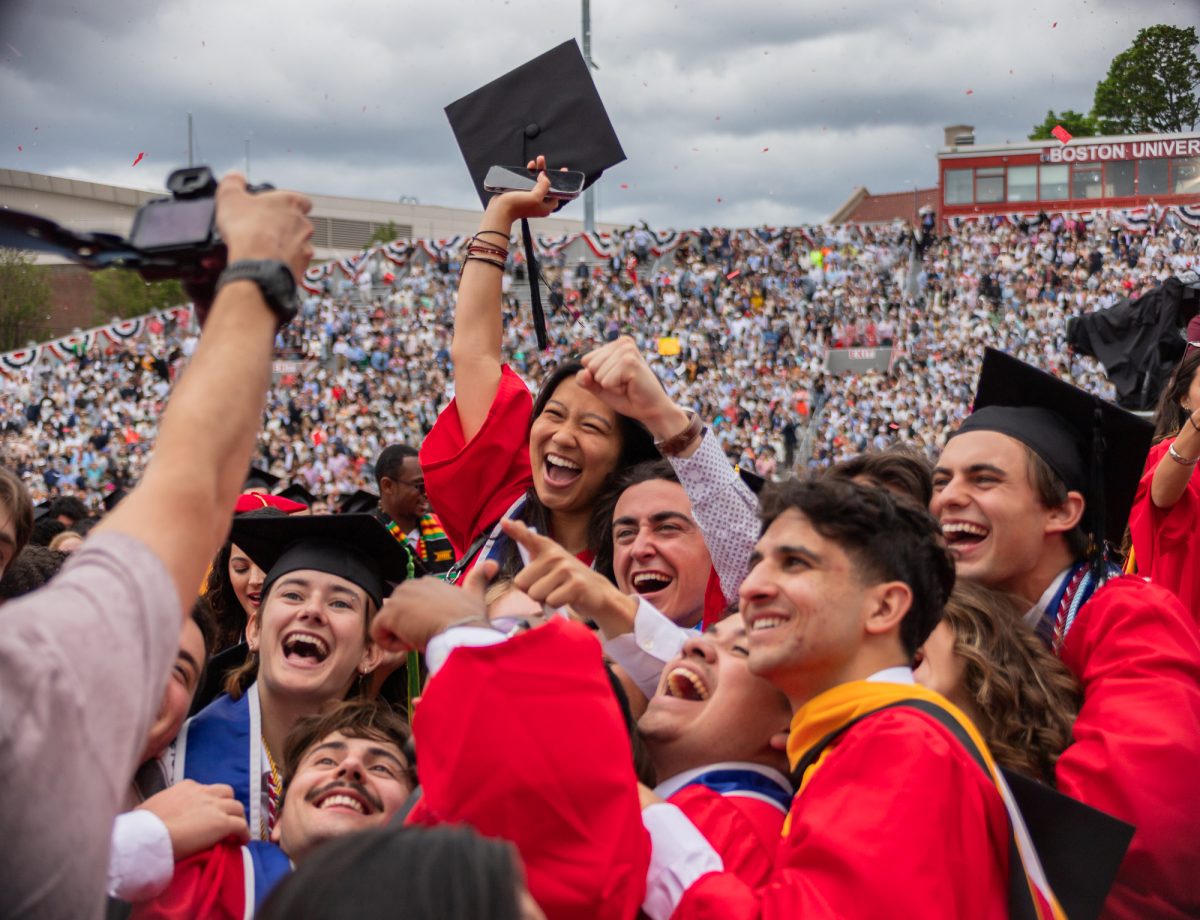

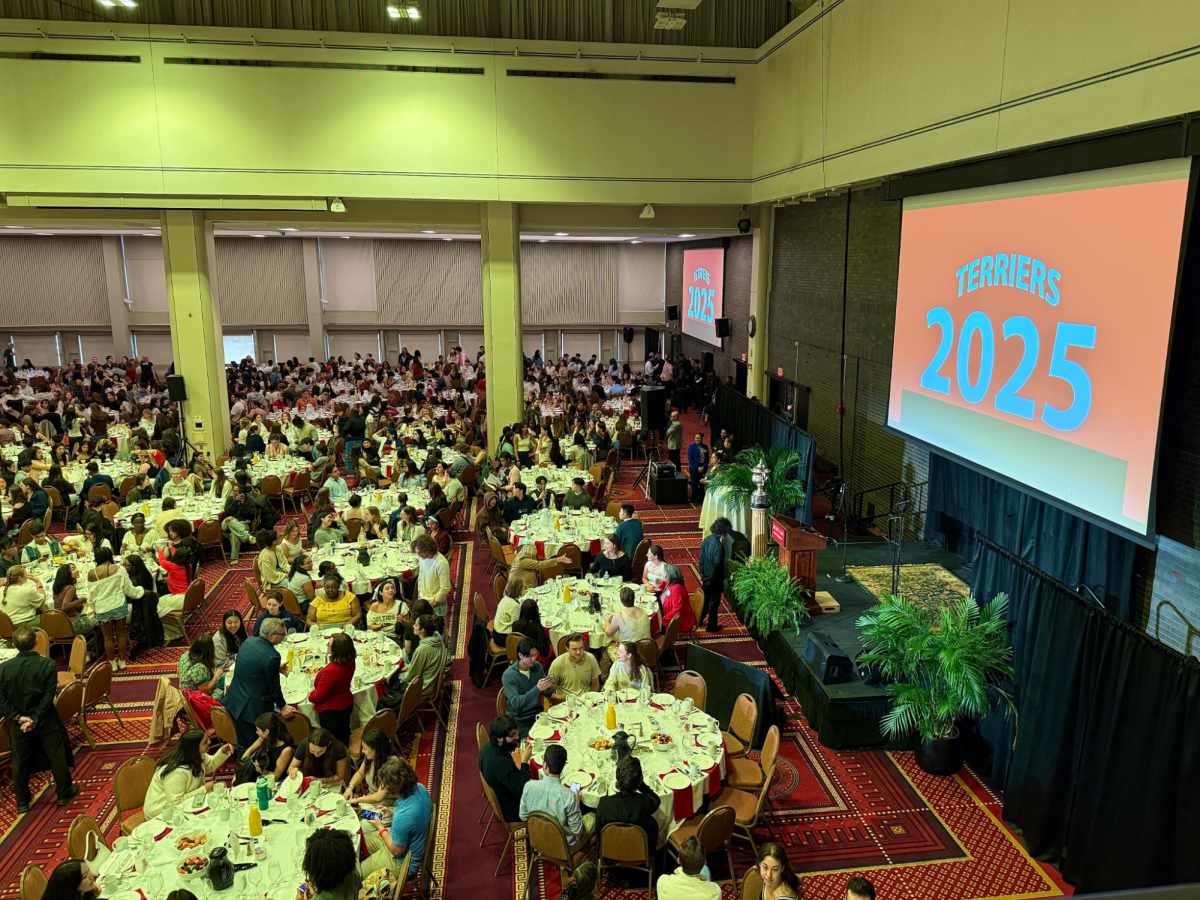

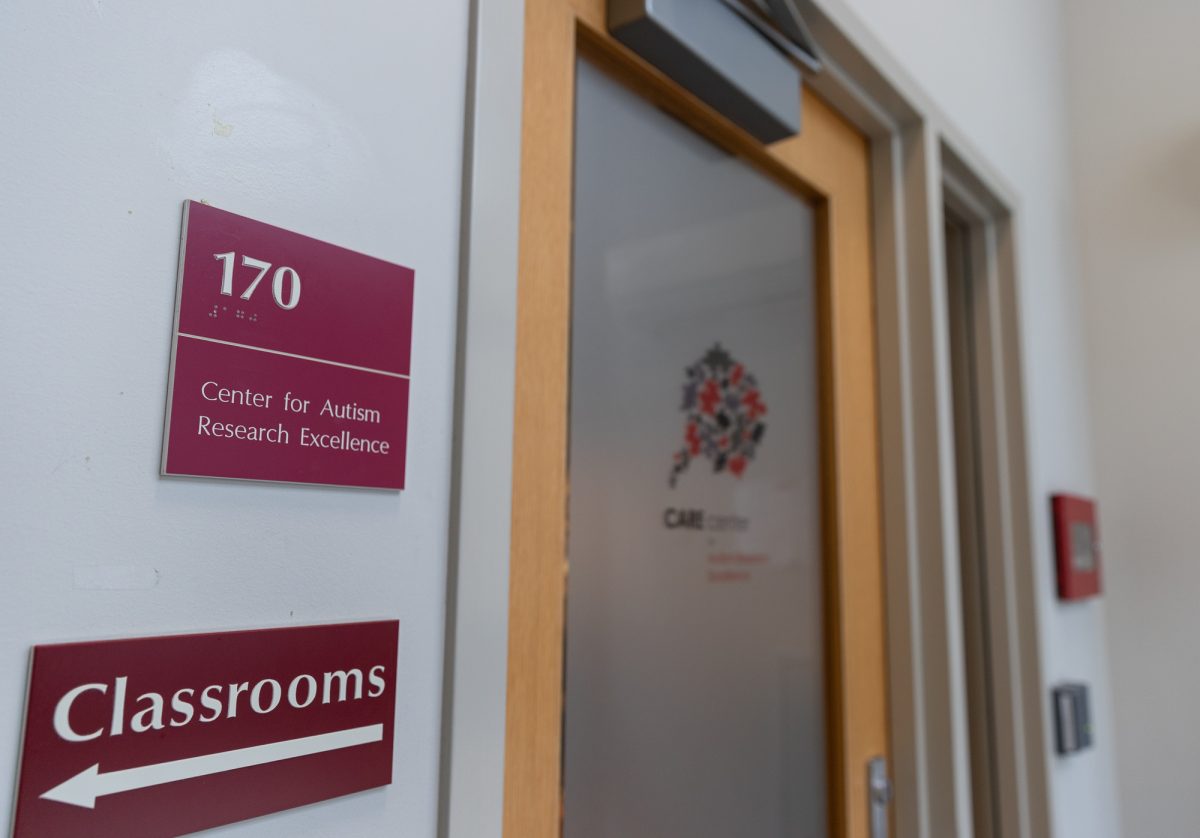






















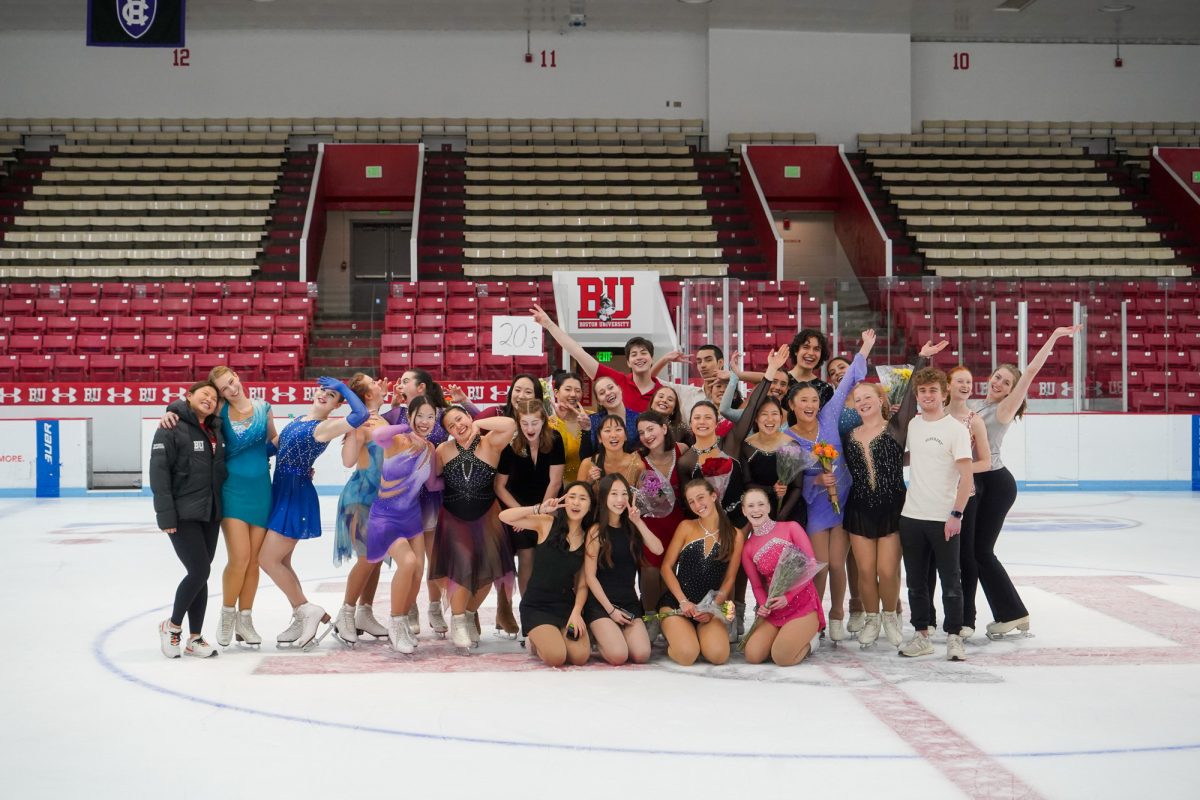











































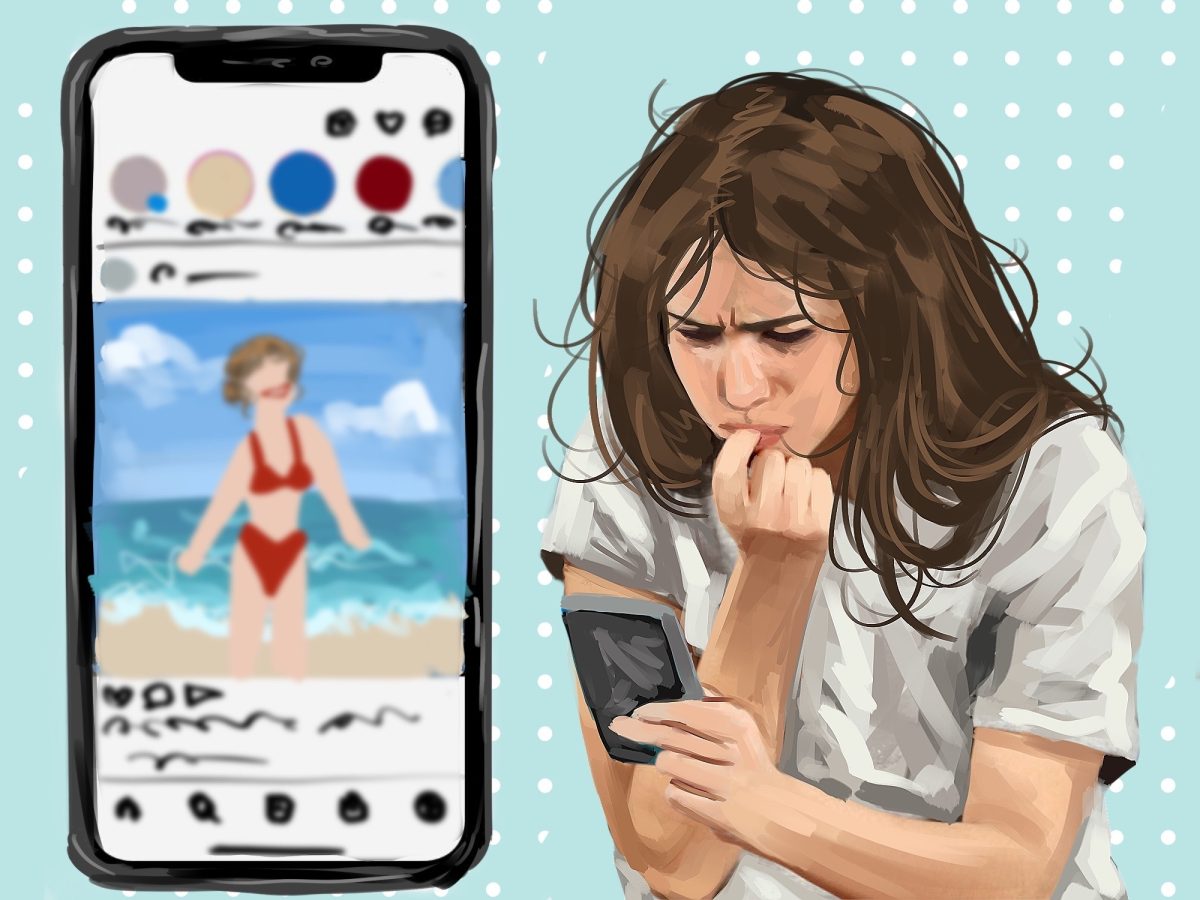



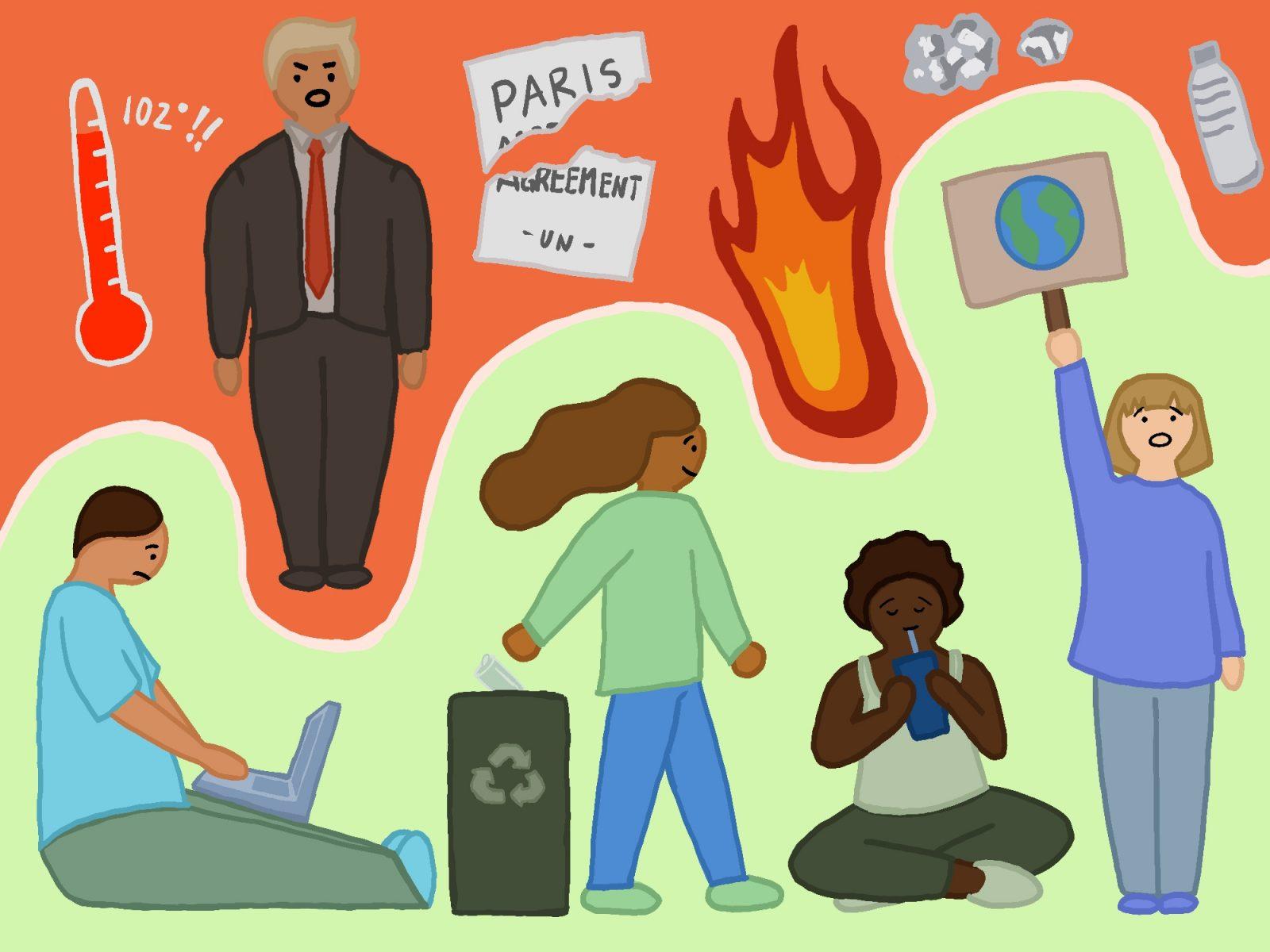














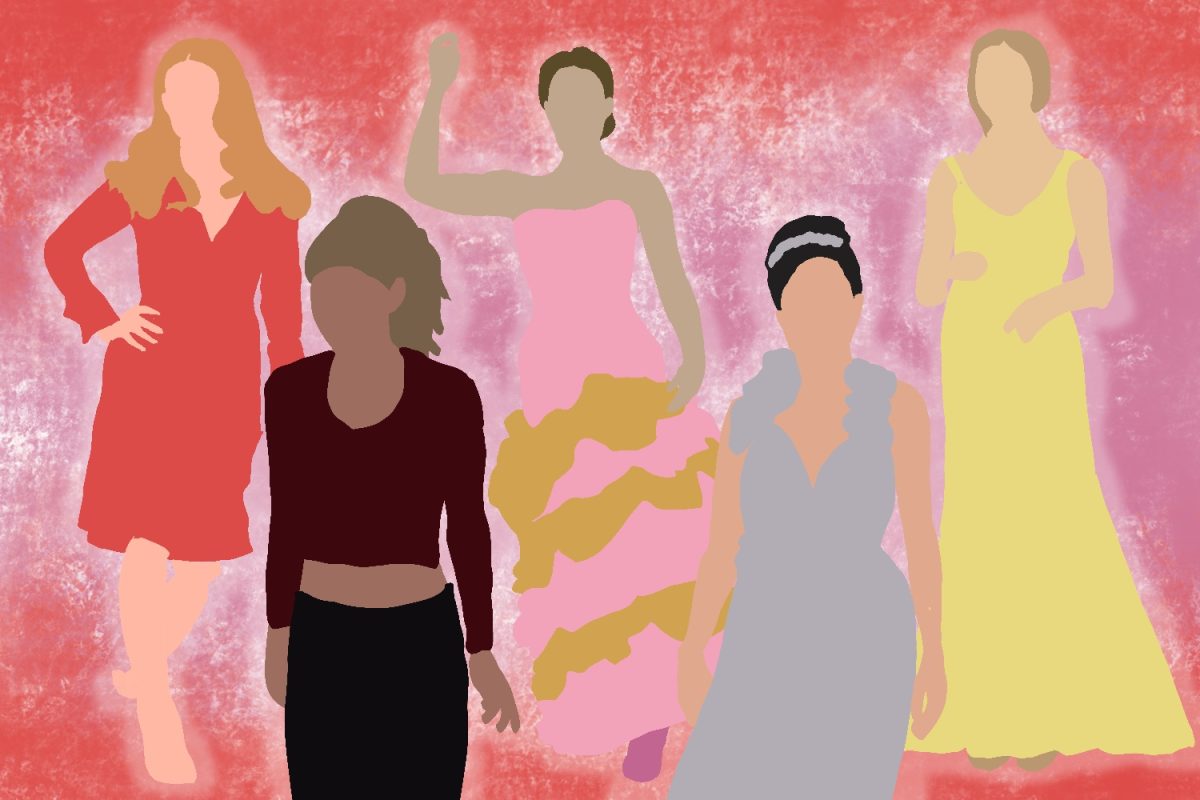
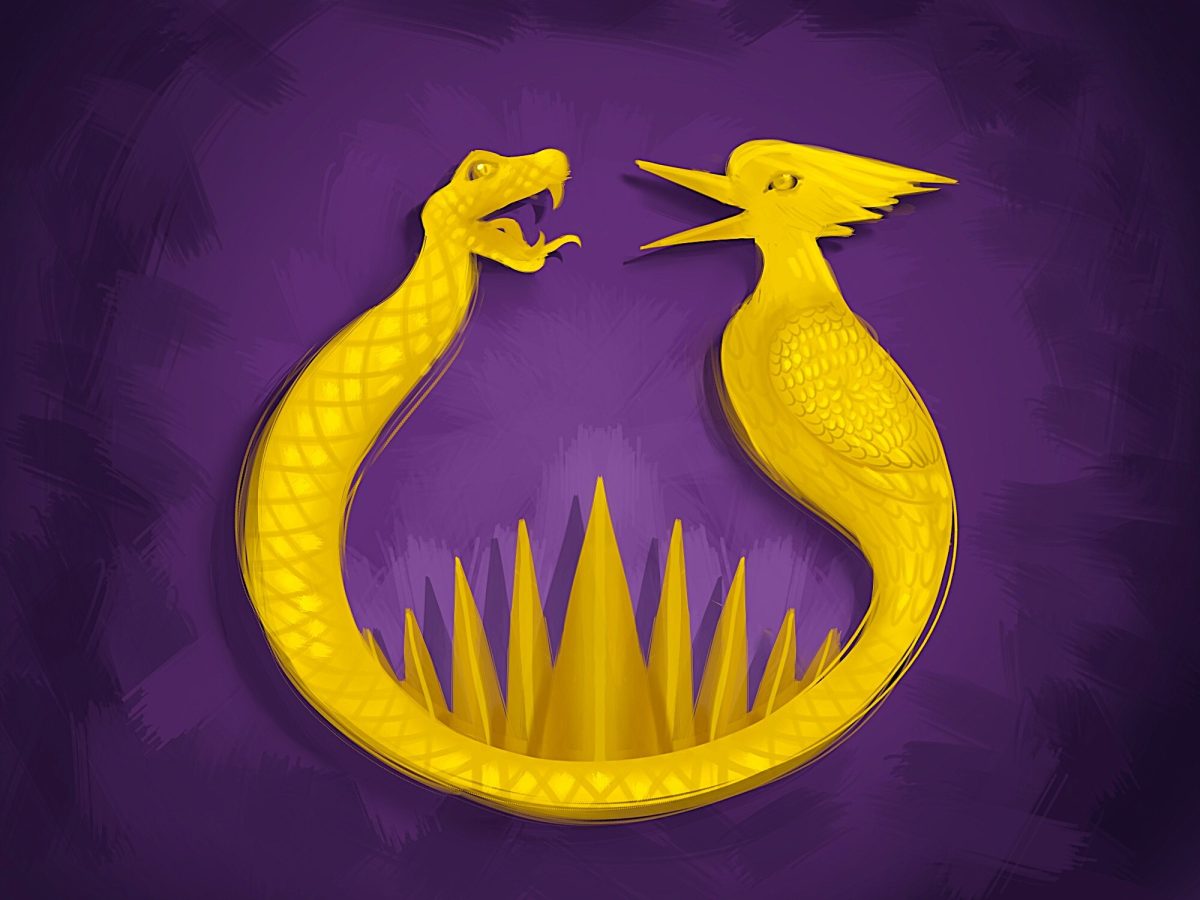












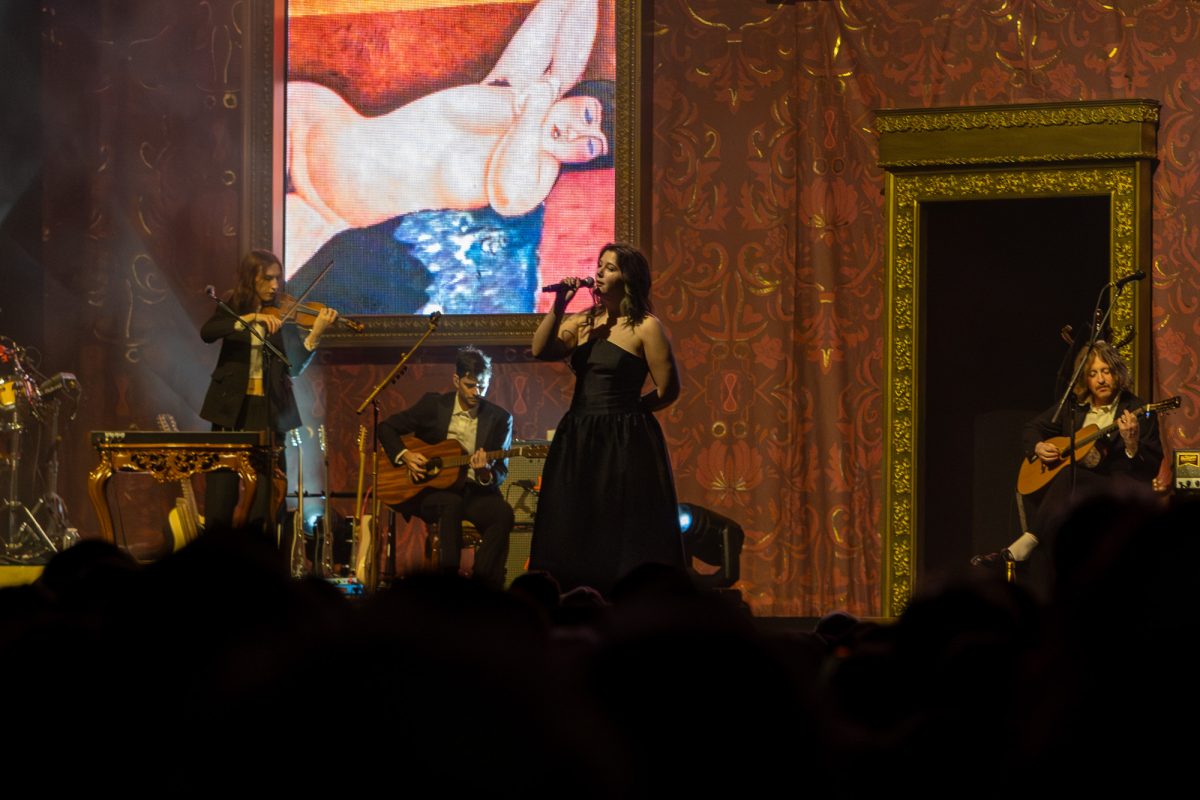
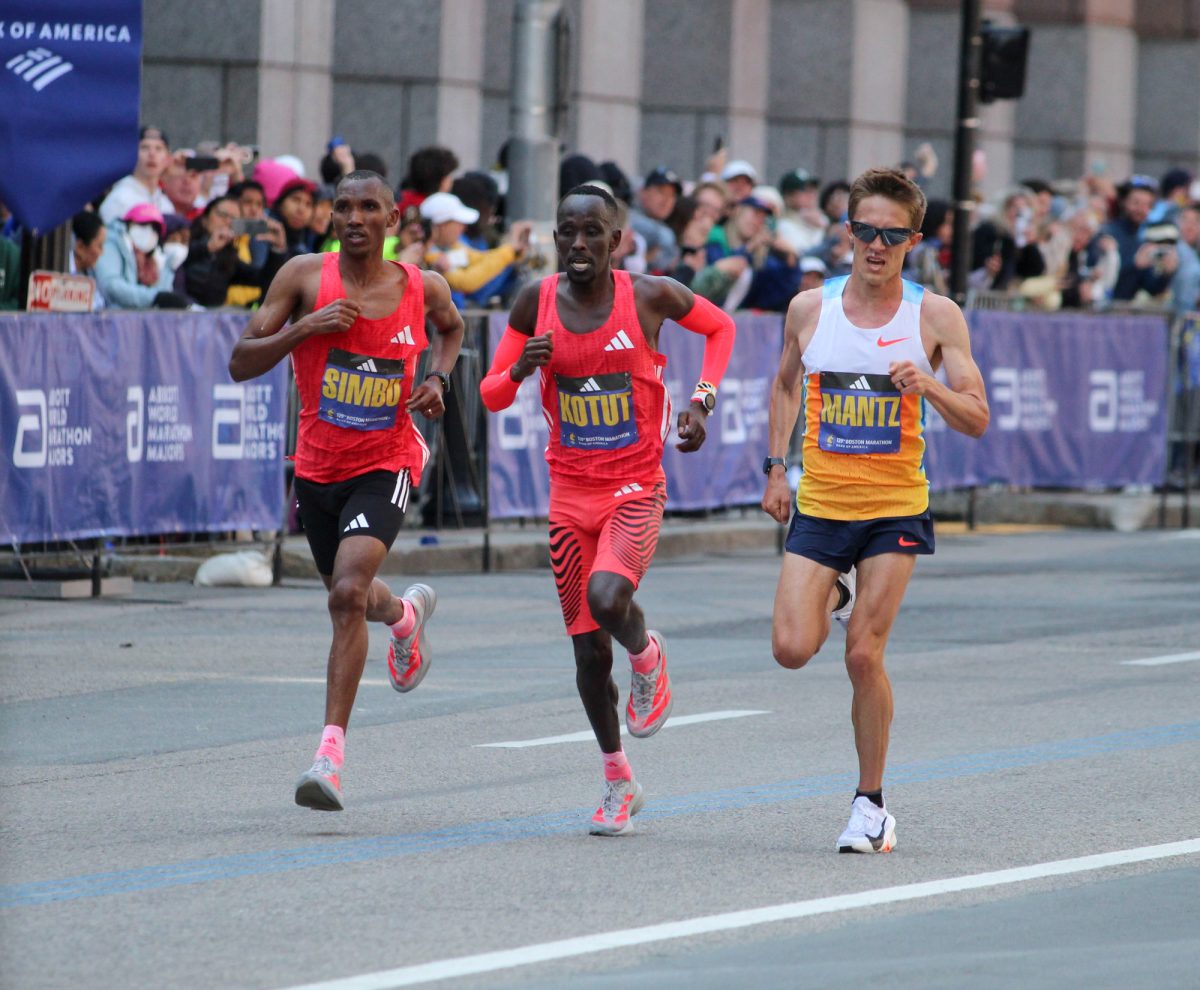



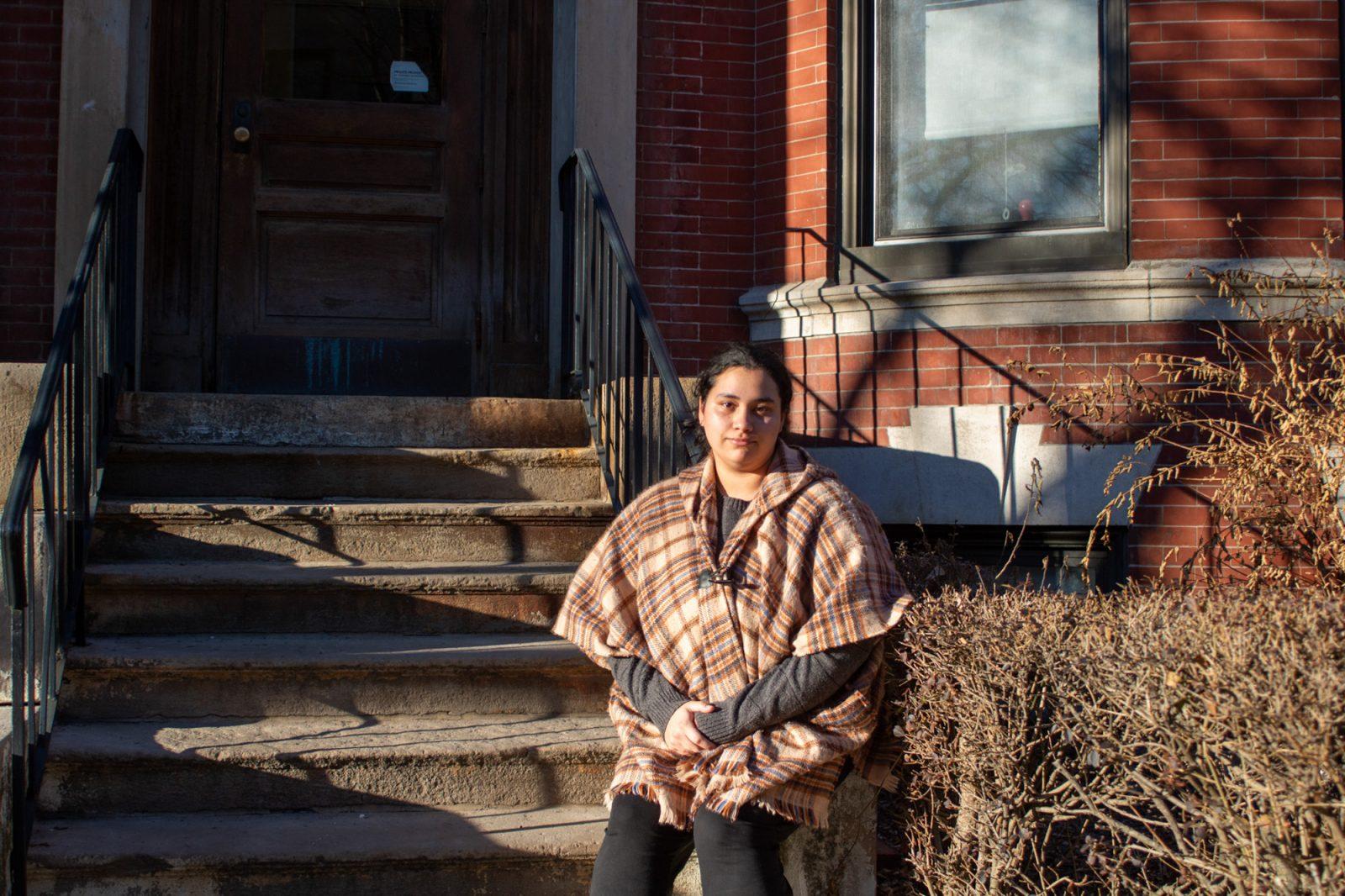



captcha solver • Mar 5, 2018 at 12:00 am
An interesting dialogue is value comment. I believe that you must write extra on this subject, it might not be a taboo topic however usually persons are not sufficient to talk on such topics. To the next. Cheers